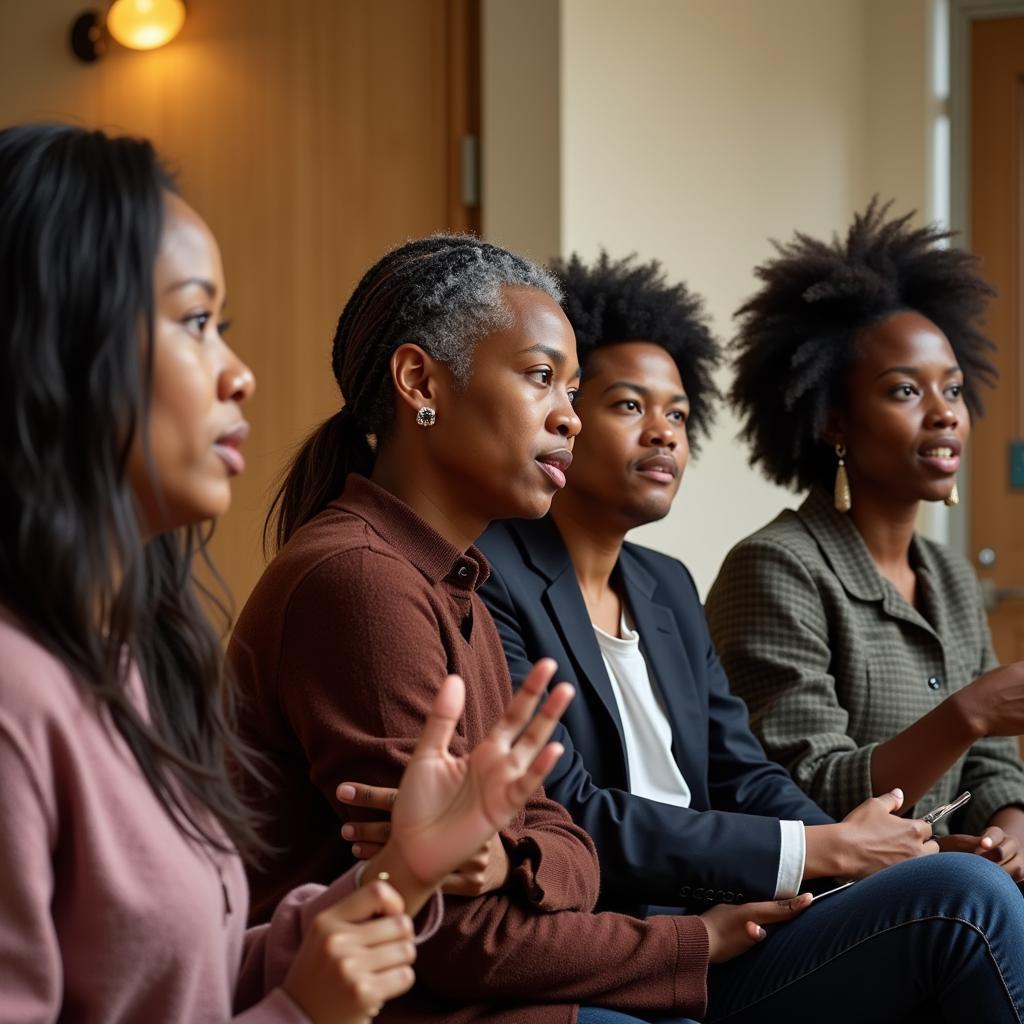African American Studies in Elementary School: Exploring Black History and Culture
Learning about African American history and culture is vital for all children, and elementary school is an ideal place to begin. Incorporating African American studies into the curriculum not only teaches students about the rich history and contributions of Black Americans but also promotes cultural awareness, empathy, and a sense of belonging.
Why is African American Studies Important in Elementary School?
Many people believe that exposing children to diverse cultures and perspectives at an early age fosters acceptance, empathy, and a broader understanding of the world.
Here are a few compelling reasons why African American studies are crucial for elementary students:
- Cultural Appreciation: Learning about African American history, music, art, literature, and traditions allows students to appreciate the diversity of cultures and recognize the contributions Black people have made to American society.
- Historical Understanding: By studying the history of African Americans, students gain a deeper understanding of the struggles, triumphs, and resilience of the Black community throughout American history. This knowledge empowers them to become informed and responsible citizens.
- Social Justice and Equality: Learning about the systemic challenges faced by African Americans promotes critical thinking, empathy, and a commitment to social justice. It encourages students to become agents of change in their communities.
- Academic Success: Studies show that students who are exposed to culturally relevant content are more engaged, motivated, and perform better academically.
How to Integrate African American Studies in Elementary School
There are numerous ways to integrate African American studies into the elementary school curriculum:
Incorporating African American Literature and Stories
- Read aloud: Choose engaging and age-appropriate stories featuring Black characters, themes, and experiences. This includes classic tales like “The Snowy Day” by Ezra Jack Keats and modern favorites like “Hair Love” by Matthew Cherry.
- Literature circles: Allow students to explore diverse authors and genres by participating in literature circles that focus on Black authors and narratives.
- Book talks: Encourage students to share their favorite books with Black characters and themes, promoting discussion and a deeper understanding of diverse voices.
Highlighting African American History and Figures
- Timeline: Create a timeline of significant events and figures in African American history, starting from slavery to the Civil Rights Movement and contemporary Black leaders.
- Biography projects: Assign students projects to research and present on influential African Americans from various fields, including science, music, arts, literature, sports, and politics.
- Historical fiction: Explore historical fiction books set during significant periods in African American history, such as “Roll of Thunder, Hear My Cry” by Mildred D. Taylor.
Exploring African American Arts and Culture
- Music: Introduce students to different genres of African American music, from gospel and blues to hip-hop and R&B. This can include listening to recordings, learning about musical instruments, and creating their own musical compositions.
- Art: Engage students in learning about African American visual arts, such as quilts, sculptures, paintings, and photography. Encourage students to create their own artwork inspired by African American culture.
- Dance: Introduce students to the rich traditions of African American dance, such as tap dancing, jazz, and hip-hop.
Celebrating African American Heritage
- Black History Month: Create engaging activities and events for Black History Month, such as presentations, performances, guest speakers, and museum visits.
- Cultural festivals: Organize school events celebrating African American culture, featuring food, music, dance, and art.
- Community connections: Invite community members who represent African American culture to share their stories, experiences, and perspectives with students.
The Importance of Representation and Diversity
“It’s crucial that all children see themselves reflected in the curriculum and learn about the rich tapestry of cultures that make up our society.” – Dr. Maya Jones, Professor of Education
Exposure to African American history and culture empowers students of all backgrounds by fostering a sense of belonging, increasing cultural awareness, and promoting social justice.
FAQ
Q: What are some age-appropriate books for elementary students about African American history and culture?
A: “The Story of Ruby Bridges” by Robert Coles, “The Watsons Go to Birmingham – 1963” by Christopher Paul Curtis, “Freedom Summer” by Deborah Wiles.
Q: How can I find resources for teaching African American studies in elementary school?
A: The National Museum of African American History and Culture website, Scholastic, and the African American History Month website offer valuable resources and lesson plans.
Q: How can I address potential biases and stereotypes in the classroom?
A: Be mindful of the language used, ensure diverse representation in materials, and encourage open discussions about different perspectives and experiences.
Q: What are some ways to engage parents in teaching African American studies?
A: Invite parents to participate in classroom activities, share resources with them, and encourage them to discuss African American history and culture at home.
African American studies in elementary school offer a unique opportunity to create a more inclusive and equitable learning environment. By integrating diverse perspectives and experiences, we empower all students to become informed, compassionate, and responsible citizens.

